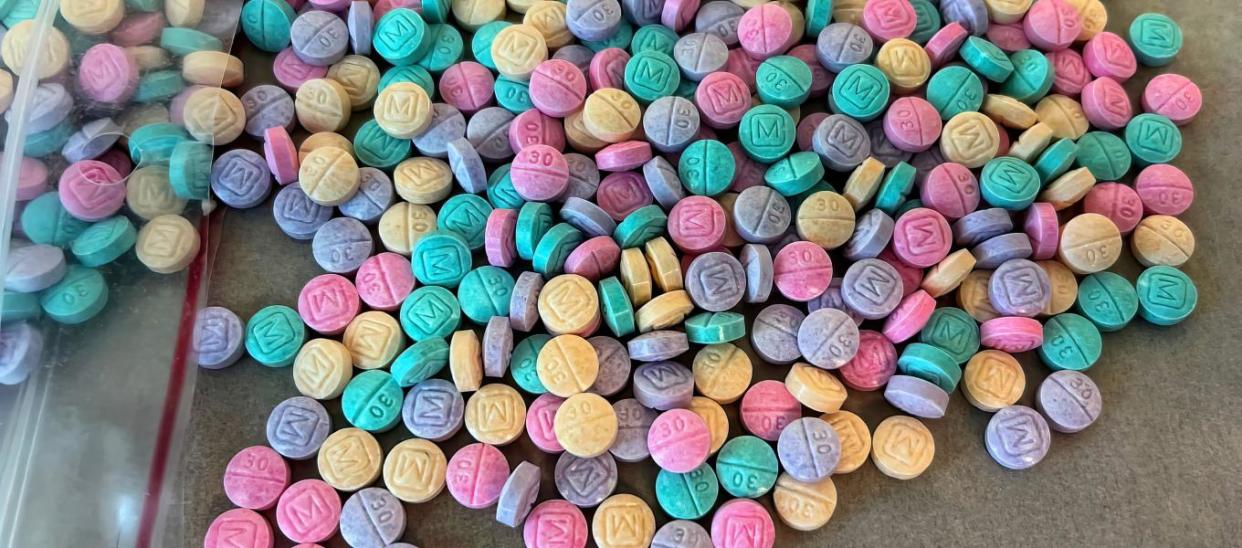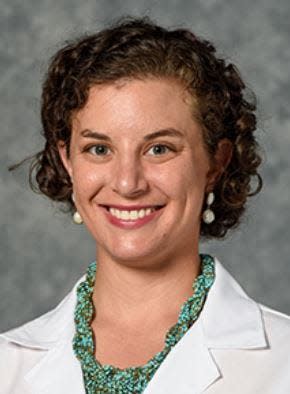Andrea Frazier: Fentanyl poisonings are killing teens — help them avoid being a statistic

Melanie Ramos, a 15-year-old girl in California, died inside her school’s bathroom. Trinity Cornjeo, a 17-year-old, died after returning home from a party with friends. Alexander Neville, at age 14, was found dead in his bathroom by his mother. These teens likely had no intention to die and no idea the pill they took was laced. Parents use the term “fentanyl murders or poisonings.”
Drug use among today’s adolescents may be less common than in decades past, however, it has never been more dangerous. The reason: fentanyl.
The Times-Union recently ran a story about Jacksonville sheriff's officers shooting and killing a suspected drug dealer involved in a fentanyl overdose death. Accompanying the story was a poignant USA Today video on fentanyl-laced drugs.
Fentanyl is a synthetic opioid similar to morphine but 50 to 100 times more potent and up to 50 times stronger than heroin. As little as 2 milligrams of fentanyl, equivalent to 10 grains of table salt, can be enough to kill. Overdose deaths among adolescents nearly doubled in 2020 and rose by another 20% in 2021.
'National model': A vending machine in Ohio has prevented 600 overdoses - here's why it's a national model.
Letters: Nation should turn to Abraham Lincoln for lessons on guidance in divisive times
Fentanyl is now being mass-produced into fake prescription medications (often unmistakable from legal medication) and sold via social media platforms like Snapchat, TikTok and Instagram. With their natural tendencies of experimentation and rising desire to self-medicate, teens are an easy target. Even if you try to review your teen’s online or cell phone activity, the conversations may be coded in emoji or street names.
Inform yourself about Emoji drug code by visiting the DEA website at bit.ly/3EuBaBJ.
What can you do? Talk to your teenage children, grandchildren and nieces and nephews about the dangers of counterfeit pills. Plan an “exit plan” for when they are pressured to take a pill or use drugs. Teach them about life-saving measures like Naloxone (intranasal brand name Narcan), an easy-to-use opioid reversal medication available in Florida pharmacies without a prescription.
Empower them also with the knowledge of the Florida Good Samaritan Act — a law that allows anyone to obtain medical help for a drug overdose without the risk of prosecution. We as parents, health care providers and community members need to spread the word to our teenagers that experimentation is no longer safe. Just one pill can kill.

Andrea Frazier, MD, is a pediatric resident physician at UF College of Medicine — Jacksonville
This guest column is the opinion of the author and does not necessarily represent the views of the Times-Union. We welcome a diversity of opinions.
This article originally appeared on Florida Times-Union: Learn how to help teens avoid being a victim of fentanyl poisoning

